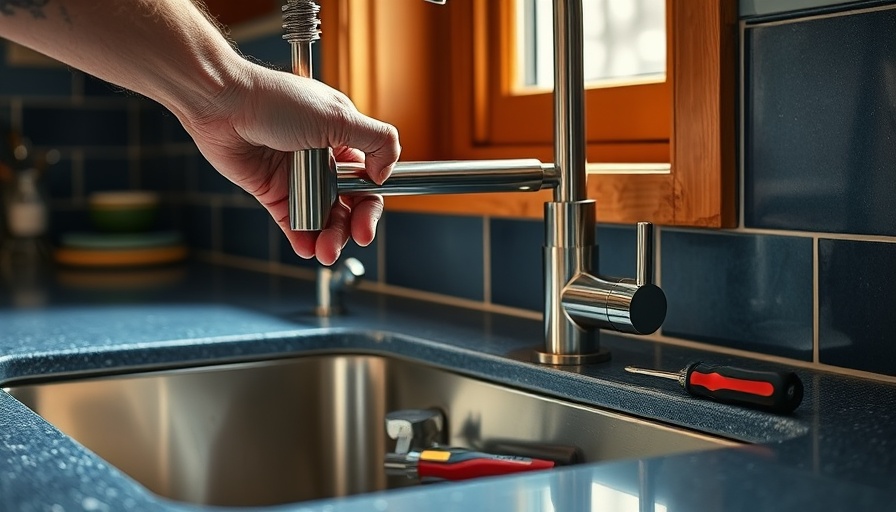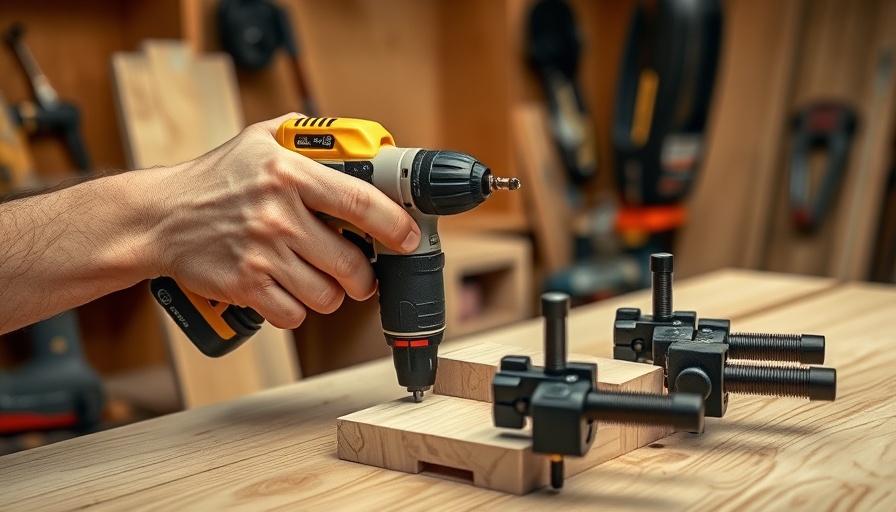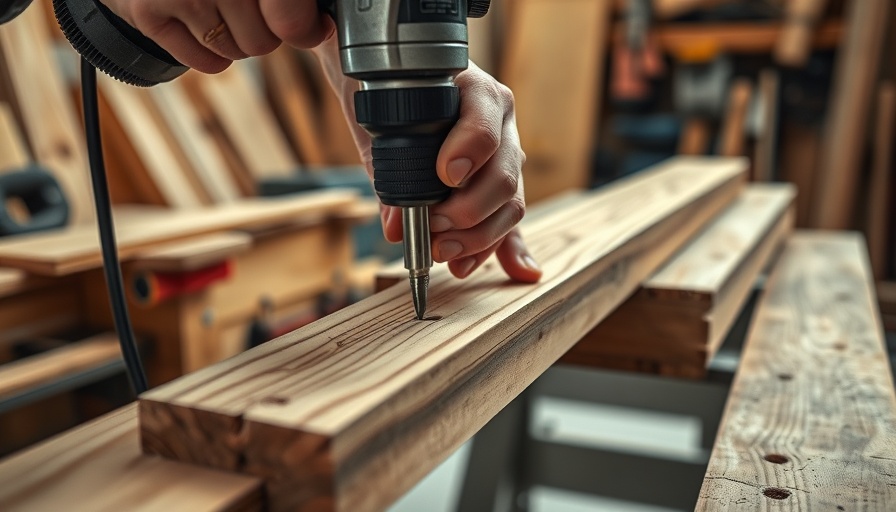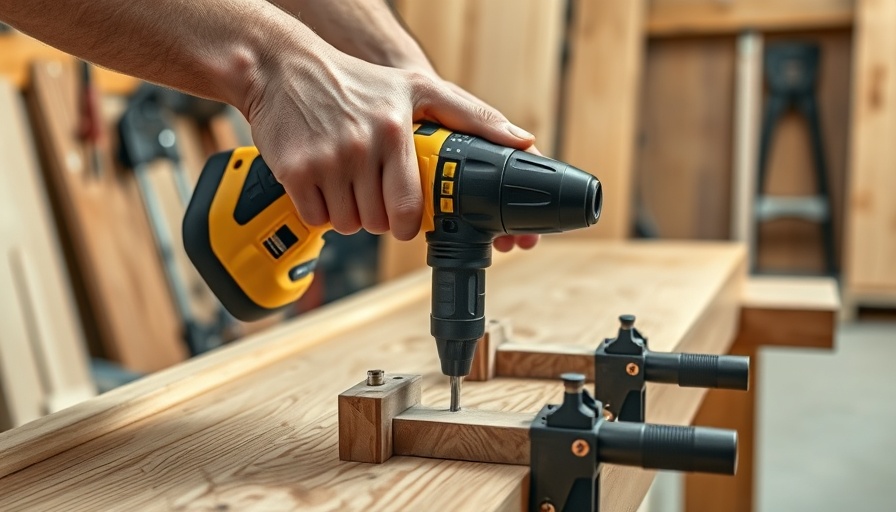
Understanding the Leak: The Impact of Faucet Drips
A dripping faucet isn't just an annoying sound that can disrupt your morning routine. It subtly signals an underlying issue that, if ignored, can escalate the cost of your water bill and damage your home’s plumbing. For homeowners in the MidSouth, it's crucial to maintain plumbing fixtures not just for cost savings, but for overall household health. A single leaky faucet can waste over 3,000 gallons of water a year - enough to fill a backyard pool! Understanding the mechanics behind faucet leaks is the first step in addressing this common household issue effectively.
Identifying the Right Tools for the Job
It’s not enough to know how to fix a leaky faucet; having the right tools is essential. The common toolkit for tackling this issue includes an adjustable wrench, a selection of screwdrivers, and a plumber's socket set. Each tool plays a critical role in identifying the source of the leak and executing repairs. Instead of calling a plumber, armed with your toolkit and determination, you can save between $100 to $200 for what is often a simple fix.
Step-by-Step Guide to Fixing Your Faucet
Begin by turning off the water supply to prevent a minor issue from becoming a deluge. The process can be broken down into manageable steps. First, remove the handle by unscrewing it carefully. This can often be done with just a flathead screwdriver or an Allen wrench, depending on your faucet's design. Once you access the inner workings, inspect the O-rings, washers, or cartridges that may need replacing. Following a straightforward step-by-step guide can demystify the repair process and empower you to tackle even complex plumbing fixes!
DIY vs. Professional Help: Weighing the Options
While tackling faucet repairs at home is cost-effective, there are instances where calling a professional is appropriate. For example, if the leaks persist after replacing worn parts, the issue may stem from more complicated plumbing issues. Knowing when to seek help can save you time, stress, and further costs. Many homeowners in the MidSouth, especially those who value health and sustainable living, prioritize DIY fixes but should remain aware of their limits.
Maintaining Your Faucet: Preventative Tips
Once you've repaired your leaky faucet, consider proactive maintenance to extend its lifespan. Regular checks on your faucets every few months can prevent small issues from becoming substantial repairs. Additionally, using vinegar regularly to clean faucet parts can remove mineral buildup that contributes to leaks. This straightforward maintenance task is not only environmentally friendly but also enhances the efficiency of your plumbing system.
The Emotional and Financial Benefits of DIY Home Repair
Home repair can lead to a sense of accomplishment and pride, especially for homeowners who enjoy personalizing their spaces. Fixing something yourself fosters a strong relationship with your home, blending your emotional wellness with practical knowledge. This empowerment can be even more uplifting for families in the MidSouth, where community ties often emphasize shared knowledge and resourcefulness.
Future Trends in Home Repair: Sustainable Solutions
As trends shift toward sustainability, more homeowners are incorporating eco-friendly practices in their home maintenance routines. For instance, choosing high-quality, sustainable replacement parts can minimize the need for frequent repairs and reduce waste. Emerging innovations in plumbing technology are also paving the way for more efficient fixtures that reduce water consumption. Staying informed about these trends enables homeowners to future-proof their residences against ongoing environmental concerns.
By taking the steps to fix a leaky faucet, you are not only saving money but also contributing to a more sustainable home ecosystem. The skills and knowledge you gather will help cultivate a deeper awareness of your living environment. So, gather your tools and get to work on that drip—it’s well worth the time!
 Add Row
Add Row  Add
Add 



 Add Row
Add Row  Add
Add 
Write A Comment